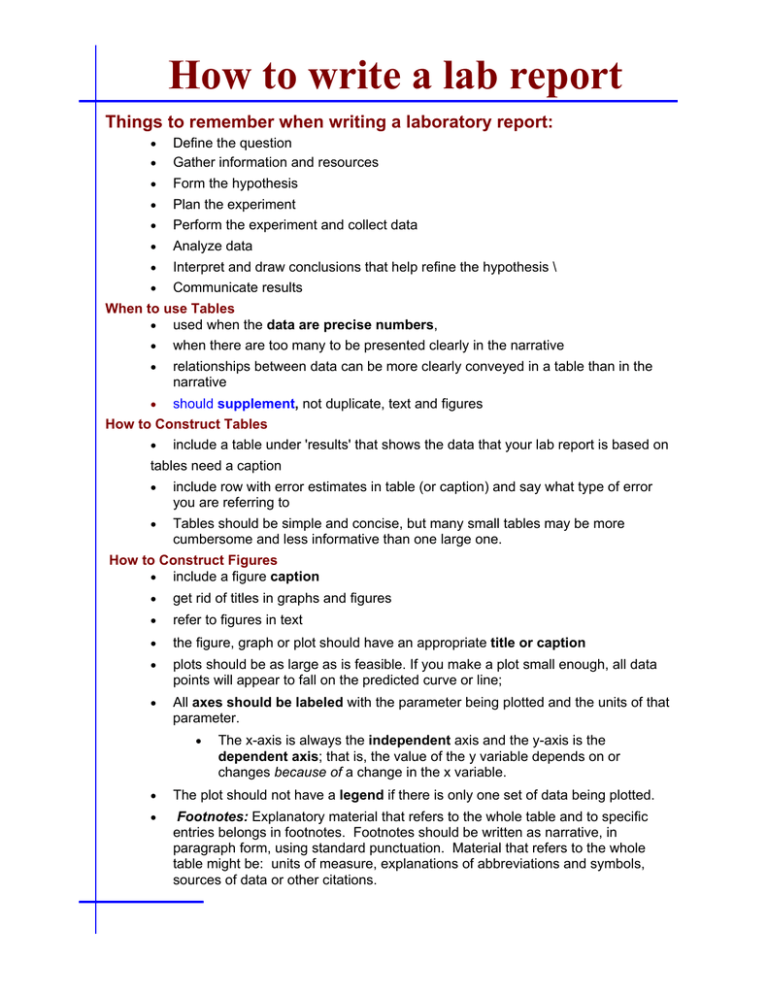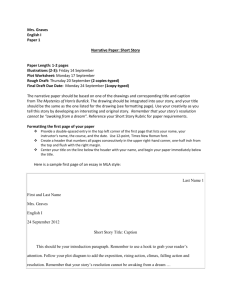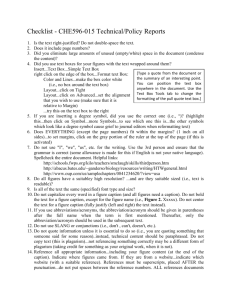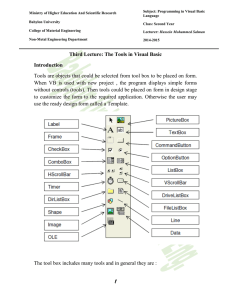How to write a lab report
advertisement

How to write a lab report Things to remember when writing a laboratory report: • • Define the question Gather information and resources • Form the hypothesis • Plan the experiment • Perform the experiment and collect data • Analyze data • Interpret and draw conclusions that help refine the hypothesis \ • Communicate results When to use Tables • used when the data are precise numbers, • when there are too many to be presented clearly in the narrative • relationships between data can be more clearly conveyed in a table than in the narrative • should supplement, not duplicate, text and figures How to Construct Tables • include a table under 'results' that shows the data that your lab report is based on tables need a caption • include row with error estimates in table (or caption) and say what type of error you are referring to • Tables should be simple and concise, but many small tables may be more cumbersome and less informative than one large one. How to Construct Figures • include a figure caption • get rid of titles in graphs and figures • refer to figures in text • the figure, graph or plot should have an appropriate title or caption • plots should be as large as is feasible. If you make a plot small enough, all data points will appear to fall on the predicted curve or line; • All axes should be labeled with the parameter being plotted and the units of that parameter. • The x-axis is always the independent axis and the y-axis is the dependent axis; that is, the value of the y variable depends on or changes because of a change in the x variable. • The plot should not have a legend if there is only one set of data being plotted. • Footnotes: Explanatory material that refers to the whole table and to specific entries belongs in footnotes. Footnotes should be written as narrative, in paragraph form, using standard punctuation. Material that refers to the whole table might be: units of measure, explanations of abbreviations and symbols, sources of data or other citations.




